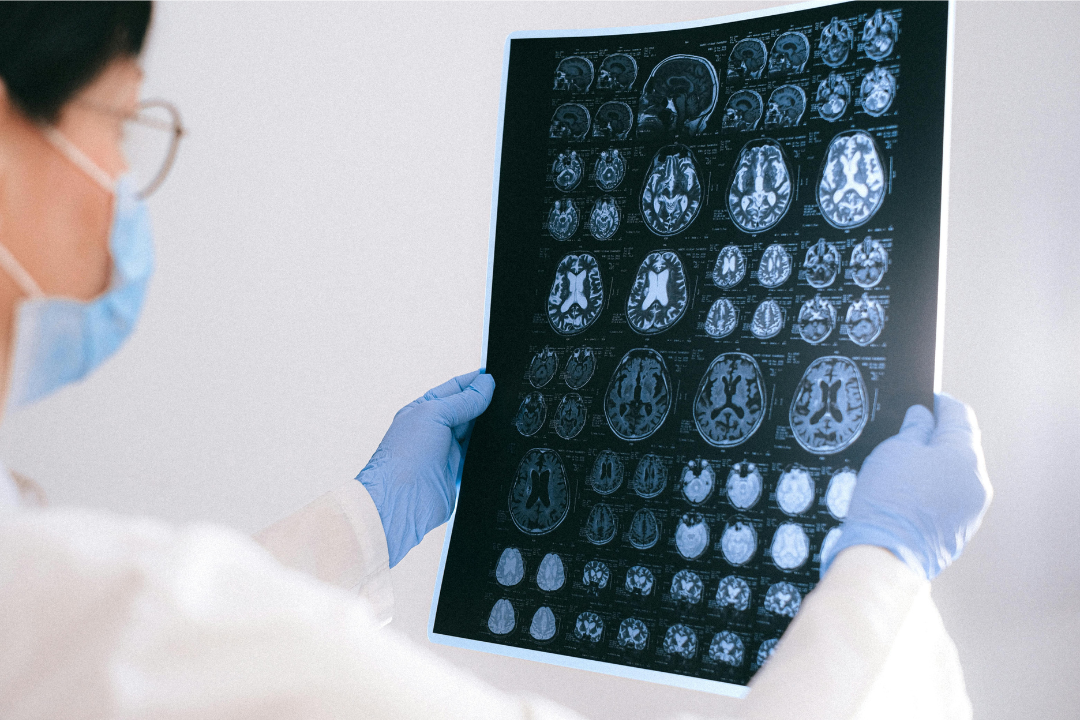
Scientific
Landscape: Neurotechnology is entering a renaissance with both invasive and non-invasive
brain-computer interface (BCI) systems showing clinical viability. Devices from companies like Synchron and
Neuralink have demonstrated neural signal capture capable of restoring communication and mobility.
Simultaneously, EEG-based wearables and neuromodulatory devices are unlocking cognitive enhancement and mental
health applications.
Clinical
Applications: Medical-grade BCIs are targeting ALS, stroke recovery, epilepsy, depression, and
paralysis. FDA's Breakthrough Device Designation for Synchron marks a pivotal moment for regulatory acceptance.
Meanwhile, non-invasive devices (e.g., transcranial magnetic stimulation, transcranial direct current
stimulation) are now FDA-approved for depression and PTSD.
Consumer
Interfaces: Wearable neurotech—Muse, Emotiv, Kernel—is targeting attention tracking, brain-computer
gaming, stress monitoring, and neurofeedback. These are increasingly integrated into wellness, meditation, and
productivity platforms. Apple, Meta, and Snap have all made strategic hires and IP acquisitions in
neurotechnology.
Market Potential &
Exit Paths: The global neurotechnology market is expected to reach $15B by 2030. Exit strategies
include medtech M&A, consumer electronics roll-ins, and partnerships with digital therapeutics platforms.
VC-backed companies can scale via hybrid SaaS-hardware models, especially in the neuroanalytics and brain
training segments.
Investment
Relevance: For investors, this vertical offers rare hardware-software convergence. Early-stage
companies with proprietary decoding algorithms, wearable EEG platforms, and adaptive stimulation systems
represent high-leverage opportunities. Clinical validation remains essential, but consumer neurotech offers
faster regulatory and revenue paths.